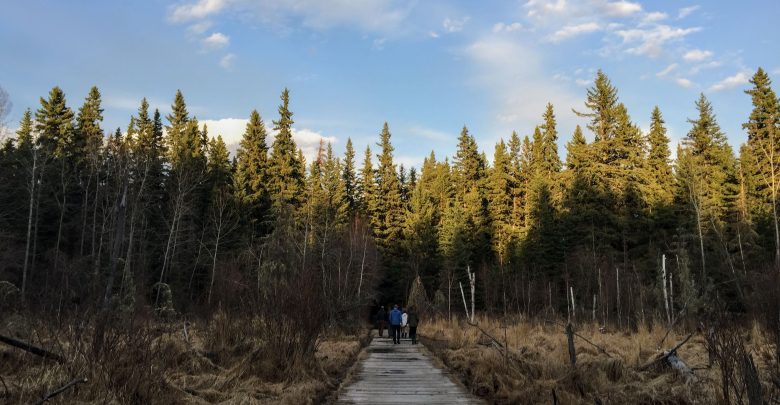 Olivia DeBourcier
Olivia DeBourcierHigh populations of mountain pine beetles can overwhelm forests by killing trees and altering ecosystems. A University of Alberta study examined the role fungi may play in how trees defend themselves from these beetles.
Rashaduz Zaman, a U of A PhD candidate in forest biology and management, led the study. According to the study, the fungus atropellis canker increases a tree’s production of compounds toxic to mountain pine beetles, thereby protecting the tree.
The researchers collected inner-bark samples from lodgepole pines. Some of these trees were infected by western gall rust, atropellis canker, or other fungi pathogens. The researchers compared how different fungal species altered the chemistry of lodgepole pine trees and their ability to resist attacks from insects.
At the moment, disease detection largely depends on surveys, which tend to not catch diseases unless symptoms are “obviously visible.” Using metabolomics, Zaman said they can predict which trees are infected long before they die. Metabolomics is the study of small cells called metabolites.
Lodgepole pines are important for the lumbar industry and sheltering animals, Zaman explains
Although lodgepole pines are not the only trees that mountain pine beetles can infest, they make up 35 per cent of trees in Alberta, Zaman said. He explained that their wood is useful in the lumber industry. Also, they provide shelter for animals. Apart from the potential benefits of fungi, he added that trees like lodgepole pines are protected by their bark and resins, which can trap invaders.
When mountain pine beetles kill large quantities of trees, the forest’s density decreases and the canopy opens up, Zaman said. When this happens, many animals become “susceptible” to predation.
“There’s a huge economical and ecological imbalance because of this.”
According to Zaman, climate change will likely contribute to the mountain pine beetles’ population growth in the future. Moreover, he said climate change is making trees more vulnerable to pests in general.
“Storms, drought conditions, all of these things are contributing to the vulnerability of trees. In such situations [those] trees cannot grow properly.”
“We are trying to [figure] out some chemicals that can repel mountain pine beetles at low population,” Zaman says
The researchers found new technology to measure the population density of mountain pine beetles. Zaman explained that previous measurement methods were limited to high beetle populations, but that it is important to detect low populations as well.
Traps developed in the study showed promising results in catching the beetles even at low populations, Zaman said. The traps utilized the chemical profiles of the trees, which the researchers got from the inner-bark samples.
“Those profiles can attract mountain pine beetles,” Zaman explained. “It can give us some information about which location [has] mountain pine beetles.”
Besides detecting beetles, Zaman is also interested in developing a way to repel them. He explained that mountain pine beetles are “normally considered a good insect for the forests,” as long as their numbers are kept in check, as pine beetles help decompose dead trees. In addition, they maintain insect biodiversity and are a food source for many predators.
Meanwhile, the harmfulness of the fungi depends on its “rate of infection.”
“We are trying to [find] chemicals that can repel mountain pine beetles at low populations,” Zaman said. “Those chemicals are not yet discovered.”



